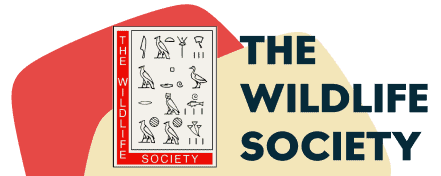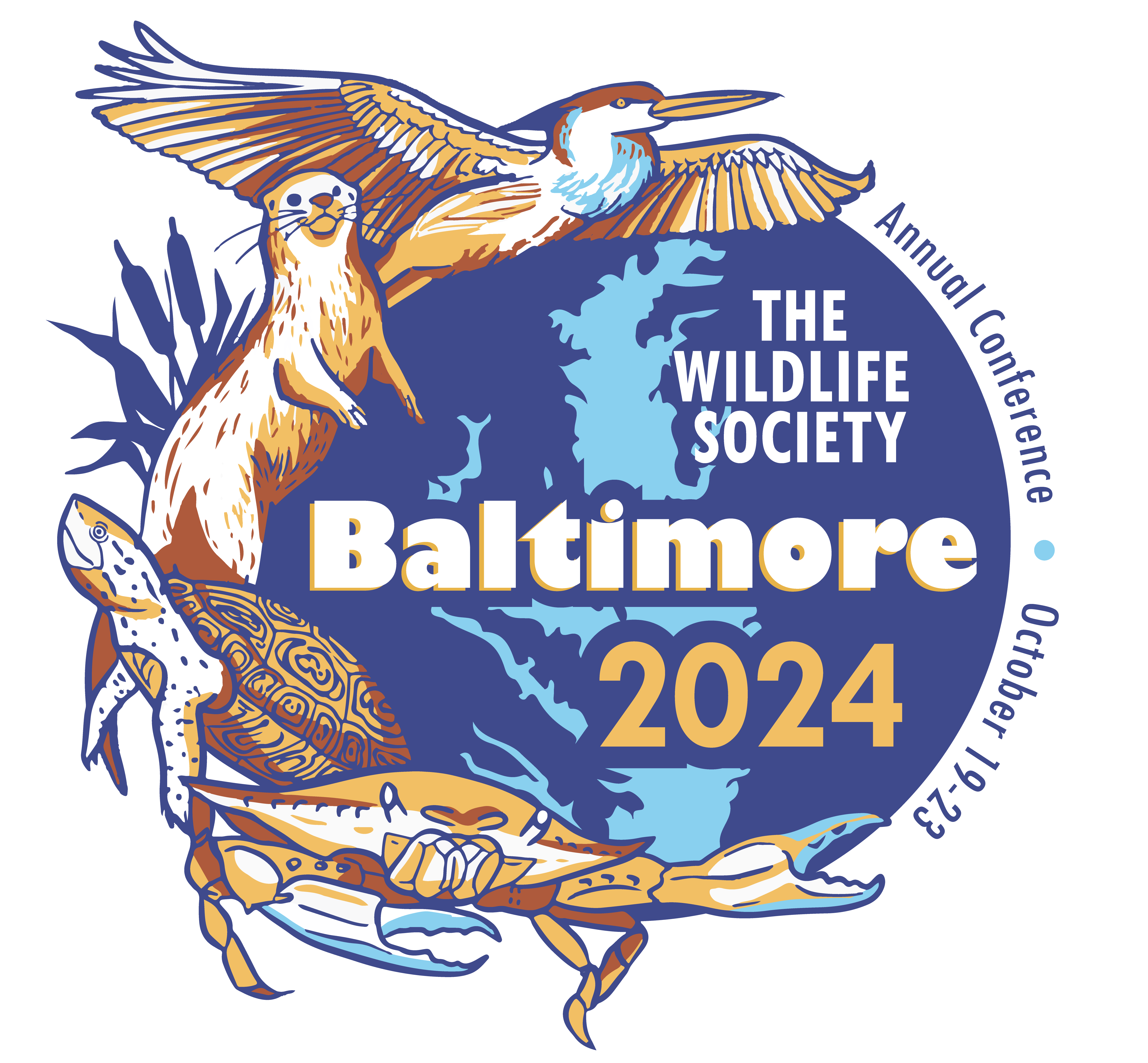- News
-
-
-
-
-
Latest News Articles
- WSB: Study tests accuracy of thermal drone surveys April 26, 2024
- Computer model explores Tribal use of fire for ecosystem health April 26, 2024
- 2024 TWS Elections: Southwest Representative April 25, 2024
-
-
-
- Wildlife Professional Resources
-
- Our Network
-
- PUBLICATIONS
-
-
Recent Posts
-
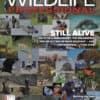 The Wildlife Professional November/December Issue
November 1, 2023
The Wildlife Professional November/December Issue
November 1, 2023
-
-
-
-
-
-
- Wildlife Events
-
-
-
Upcoming Webinars
- No Events
-
-
-
- Who We Are
-
Geographical Location: Central & South America
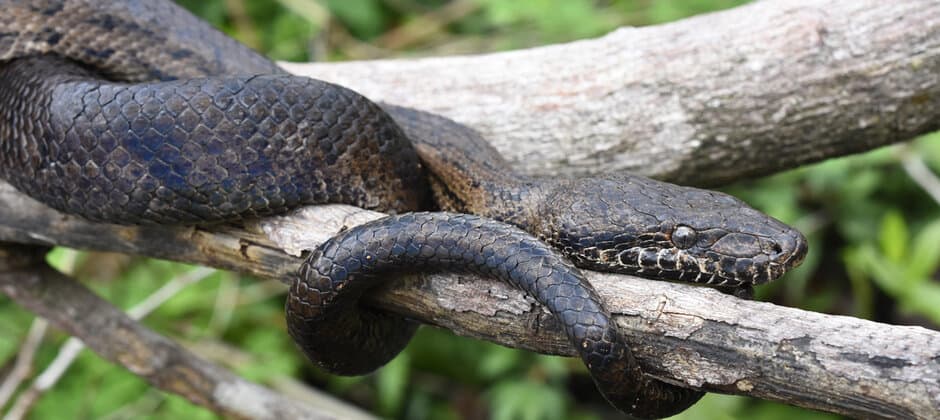
June 7, 2021
Urbanization may lead to Puerto Rican boa decline
Increasing urbanization in Puerto Rico may cause declines in the territory’s endangered boa population. The Puerto Rican boa (Chilabothrus inornatus) is the largest snake found on the island, growing up...
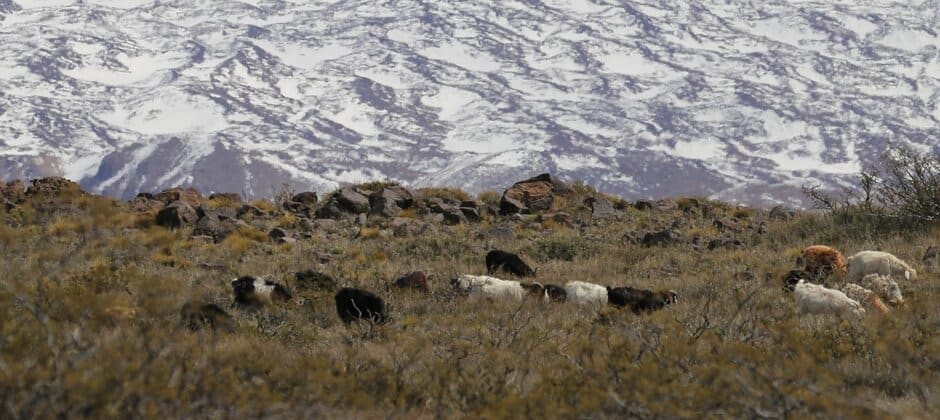
February 12, 2021
Watch: Dogs save big cats by protecting livestock in Argentina
Well-trained dogs are helping reduce human-wildlife conflict in Argentina by warding off predators like cougars (Puma concolor). The dogs are trained to safeguard sheep and domestic goats herded in the...
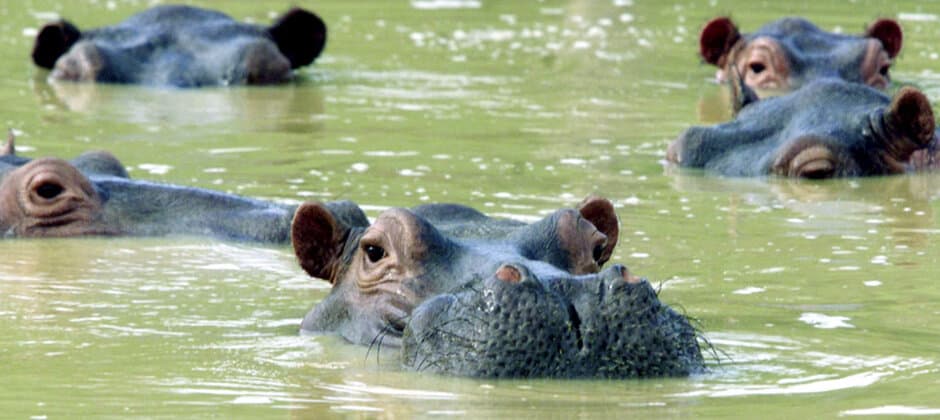
January 26, 2021
Castrating Escobar’s hippos next step for control
Researchers are racing against time to stop the spread of invasive hippopotamuses in Colombia by castrating the animals. Hippopotamuses (Hippopotamus amphibus) were first brought into the South America by one...
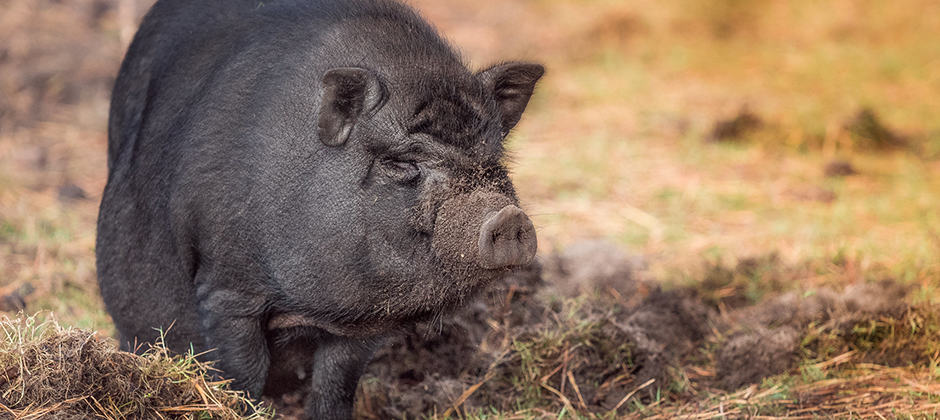
January 7, 2021
Pot-bellied pigs overrun Puerto Rico
Feral pigs are a widespread problem across North America, but in Puerto Rico, the issue is slightly different. The island is seeing an onslaught of Vietnamese pot-bellied pigs (Sus scrofa...
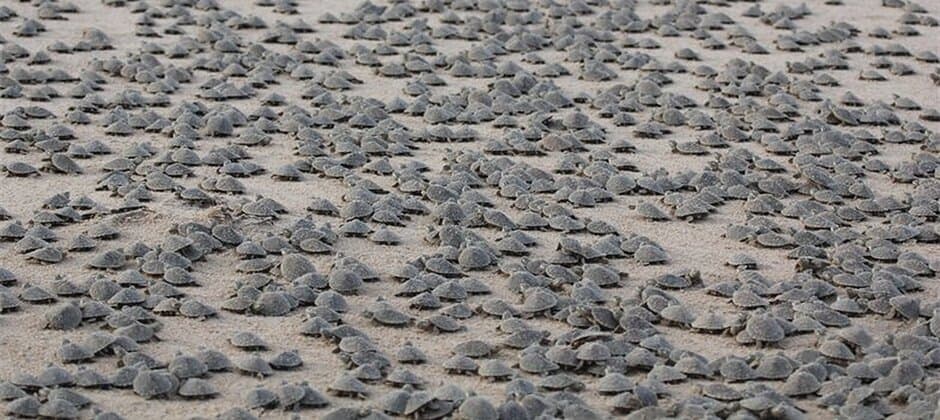
December 18, 2020
Watch: Hordes of river turtles hatch on Amazon tributary
Conservationists watched over the mass hatching of about 100,000 river turtle nestlings on a tributary of the Amazon River in Brazil as cameras captured it on film. Giant South American...
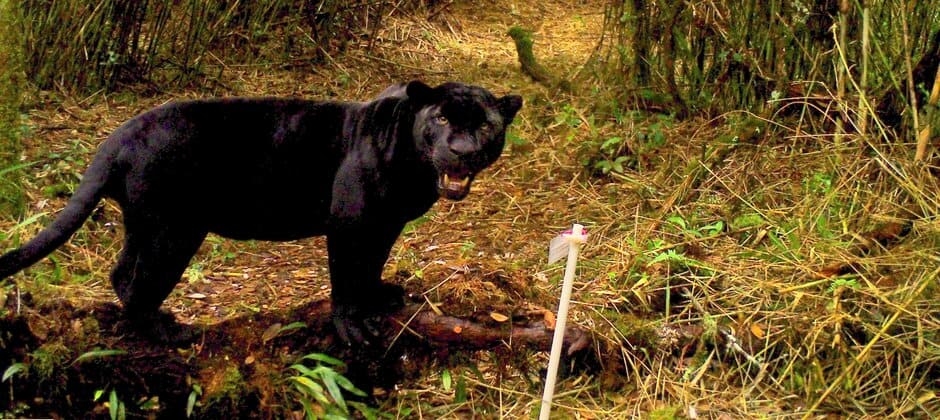
December 2, 2020
Wild Cam: Costa Rica’s black panthers and elusive bush dogs
Ongoing research using trail cameras in Costa Rica’s mountains has revealed the presence of elusive bush dogs as well as why some populations of large felids, like tiger cats and...
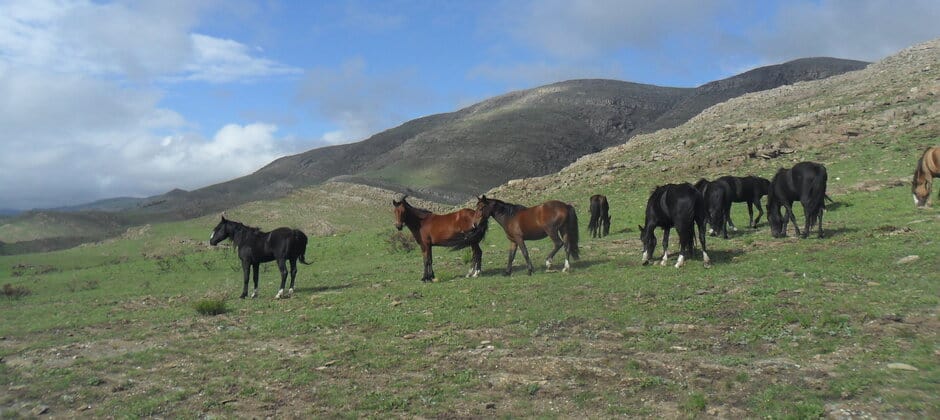
November 23, 2020
JWM: Lightning strike points to feral horses’ toll
Although it was lonely being by himself in the middle of the Argentine Pampas, the last thing Alberto Scorolli wanted was to meet a friend. He’d been hiking through the...
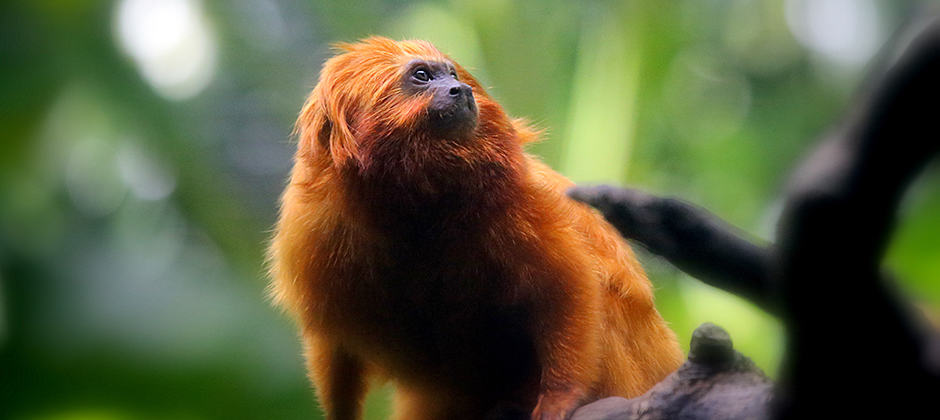
September 2, 2020
Brazilian high school students committed to conservation
High school students throughout Brazil agree that conservation is important, and they strongly disagree that conservation is the responsibility of rich countries alone, a survey found. Researchers surveyed students ages...
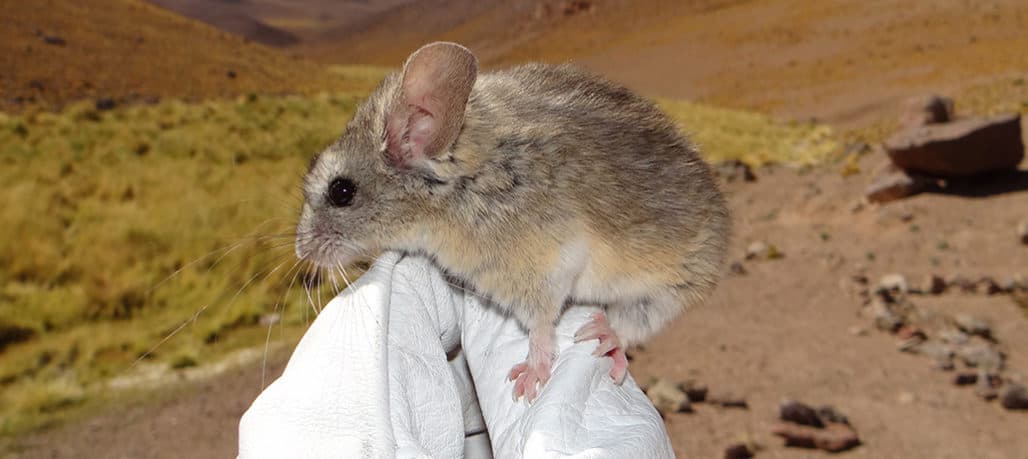
August 14, 2020
Watch: Tiny mouse is world’s highest-dwelling mammal
The yellow-rumped leaf-eared mouse is a tiny mammal, but it stands over 22,000 feet tall. Recently found at the summit of Volcán Llullaillaco, a dormant volcano on the border of...
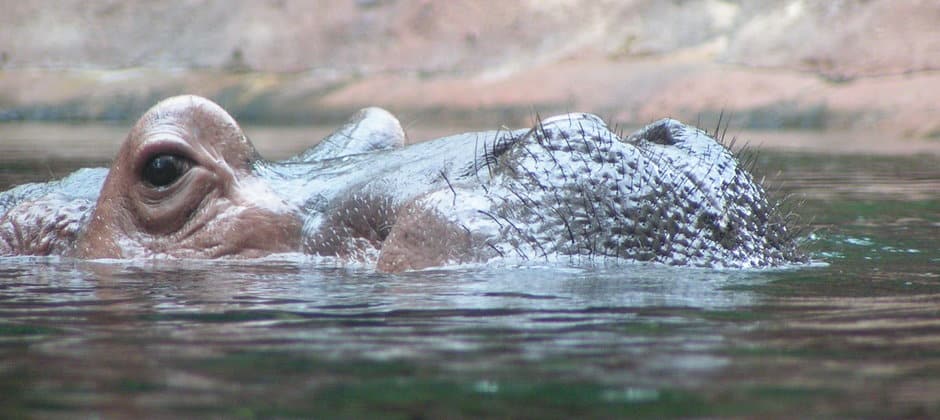
March 30, 2020
Feral hippos may fulfill long lost ecosystem role
Descendants of hippos imported to Colombia by drug lord Pablo Escobar may actually be fulfilling the ecosystem roles of long-extinct wildlife, according to new research. The handful of hippopotamus (Hippopotamus...
